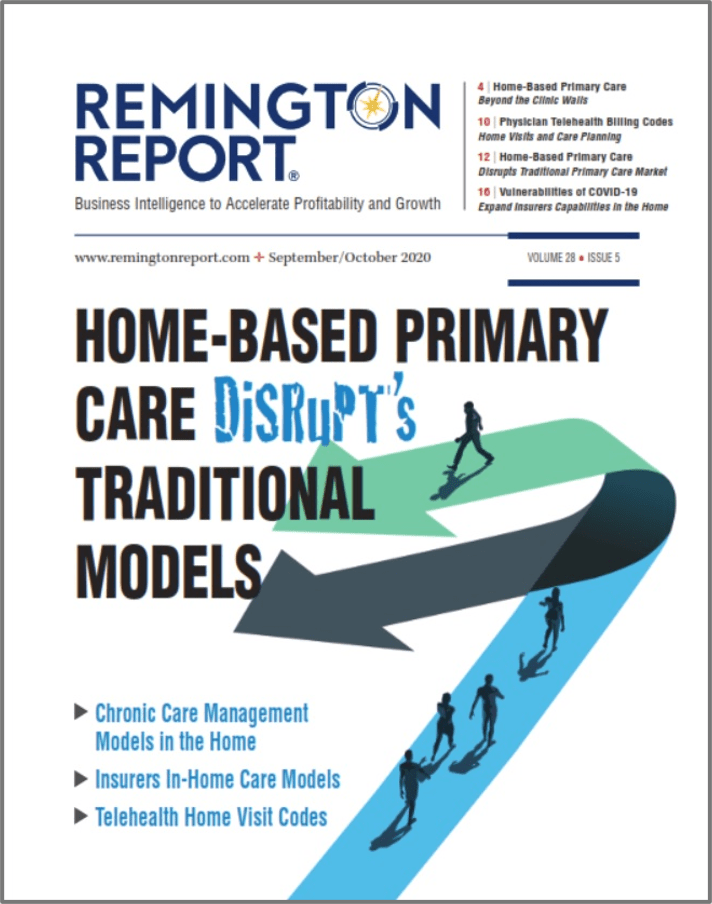The Ambulatory Surgical Center Quality Reporting (ASCQR) program introduced requirements for screening and reporting on Social Drivers of Health (SDOH) as part of its focus on improving patient outcomes and addressing health disparities. Home care agencies can participate in these initiatives by collaborating with ambulatory surgical centers (ASCs) to support effective SDOH screening and intervention processes. Here’s how:
1. Support Pre- and Post-Operative Screening
- Collaboration with ASCs: Work with ASCs to integrate SDOH screening into the care process for patients undergoing surgery. This could involve collecting patient-reported data on factors like housing stability, transportation needs, food security, and social support.
- Screening Tools: Use standardized tools like the PRAPARE (Protocol for Responding to and Assessing Patients’ Assets, Risks, and Experiences) or the CMS-recommended Health-Related Social Needs screening tool.
- Home Assessments: Conduct in-home assessments that include SDOH-related questions to identify barriers patients may face in accessing care or adhering to post-operative instructions.
2. Facilitate Data Sharing
- Electronic Health Records (EHR): Share findings with ASCs through compatible EHR systems to provide a more comprehensive view of the patient’s needs.
- Data Integration: Ensure that the SDOH data collected by home care teams aligns with the ASCQR program’s reporting requirements.
3. Address Identified Needs
- Link to Resources: Use home care staff to connect patients with local resources to address SDOH issues, such as food banks, transportation services, or housing assistance programs.
- Education and Navigation: Provide patient education and navigation support, helping them access resources for managing identified social barriers.
4. Track and Report Outcomes
- Monitoring Interventions: Track the impact of interventions on health outcomes and share these results with ASCs to contribute to quality improvement efforts.
- Quality Reporting: Work with ASCs to ensure the captured data contributes to the ASCQR program’s reporting measures.
5. Participate in Training and Protocol Development
- Staff Training: Train home care staff to understand SDOH and effectively administer screening tools.
- Develop Protocols: Collaborate with ASCs to develop workflows for incorporating SDOH screening into the patient care continuum.
By integrating their services into the SDOH screening and intervention process, home care providers can help ASCs meet ASCQR program requirements while improving patient outcomes and addressing disparities. Begin a conversation to discuss the different areas your organization will be participating in.
Other Articles You Might Enjoy
Improving Outcomes Between Home Care and Medicare Advantage Plans
Home care services have emerged as a critical strategy for improving health outcomes, reducing hospital readmissions, addressing both clinical and non-clinical needs, and improved patient satisfaction among Medicare Advantage beneficiaries.
Average 30-Day Readmission Rates by Medical Conditions
We provide critical readmission data about average readmission rates, condition-specific readmission rates, and hospitals with high and low readmission rates.
Hospital-at-Home Readmissions: Which Medical Conditions Created the Highest and Lowest Readmissions?
CMS’s report on the Acute Hospital Care at Home (AHCAH) initiative highlighted the highest and lowest readmission rates by medical conditions.





